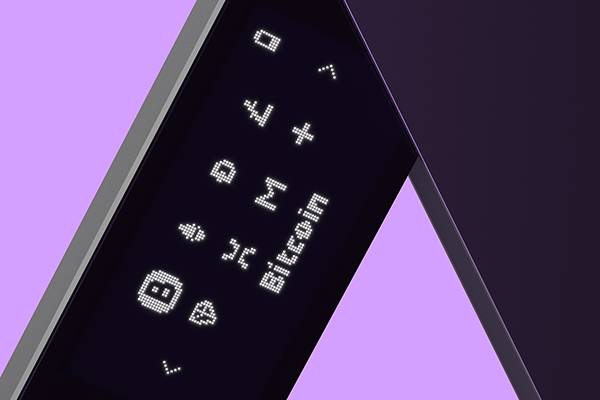Find the Best Crypto Wallet
Learning Objectives
After completing this unit, you’ll be able to:
- Explain hardware considerations for cold wallets.
- Explain ease-of-use considerations for cold wallets.
- Explain blockchain considerations for cold wallets.
- Explain adoption considerations for cold wallets.
Own Your Private Keys Securely
When it comes to hardware wallets, it can be hard to decide on the right option. In this unit, Ledger outlines the most important things to consider.
As mentioned in the previous unit, when you own crypto, what you really own is a private key that gives you access to your assets on the blockchain. You should be the only one in control of this key, and you need to keep it secure.
Know the Hardware

Ledger recommends researching the hardware used in the hardware wallet. The best hardware wallet keeps your private key protected at all times using widely recognized standards. Consider CC EAL, for example. CC stands for common criteria based on international standard ISO/IEC 15408. EAL, or Evaluation Assurance Level, is assigned to a hardware after it has been reviewed against the common criteria. EAL can range from 1 to 7.
Not all chips are born equal. Storing your private keys is the objective of any hardware wallet—but how exactly are they stored?
In hardware wallets, your private keys are stored within a microchip inside the device, and each wallet uses a different type of chip. Chips differ in their design and ability to secure information. Secure Element chips are known throughout the world for their military-grade security. They can be found in credit cards and biometric passports and some hardware wallets. This specific type of microprocessor can secure highly sensitive information.
Consider Ease of Use
In the previous unit, Ledger mentioned that a hot wallet can be easier and faster to use because it’s always connected to the internet and the blockchain. But the tradeoff is being at risk of online attacks. Cold wallets can have a different tradeoff, where your keys are safer offline. But checking your keys to confirm a transaction can be a hassle.
Some cold wallets require you to configure how they’re used via a command line–based interface. Others can use a third-party or proprietary app. Choosing the right cold wallet for you can depend on your level of comfort with the interface.
Know Your Blockchain

Does your wallet support the blockchain you wish to use? As Web3 continues to grow, different blockchains are being used for different things. For example, Bitcoin is widely accepted as a blockchain focused on currency. Whereas Ethereum supports currency and smart contracts for more sophisticated financial interactions.
A challenge in this budding ecosystem is that a blockchain can be set up rapidly, and so, not all cold wallets support all blockchains. Find the wallet that supports the blockchain you’re most interested in doing business in.
Check Out the Community
Another aspect to pay attention to is level of adoption. In other words, how many other people and businesses trust and use the same wallet. Typically, the more trust a wallet has from the community, the more support it gets. If ever you need help setting up or using your wallet, having the support of a broad community and the company that delivers the wallet can be invaluable.
Sum It Up
In this module, you learned about how Web3 ushers in a new mode of doing business, focused on self-custody. You learned about the critical role crypto wallets play in transactions on a blockchain. And Ledger offered key insights into finding the best cold wallet to ensure your private keys stay safe as you navigate this new ecosystem.